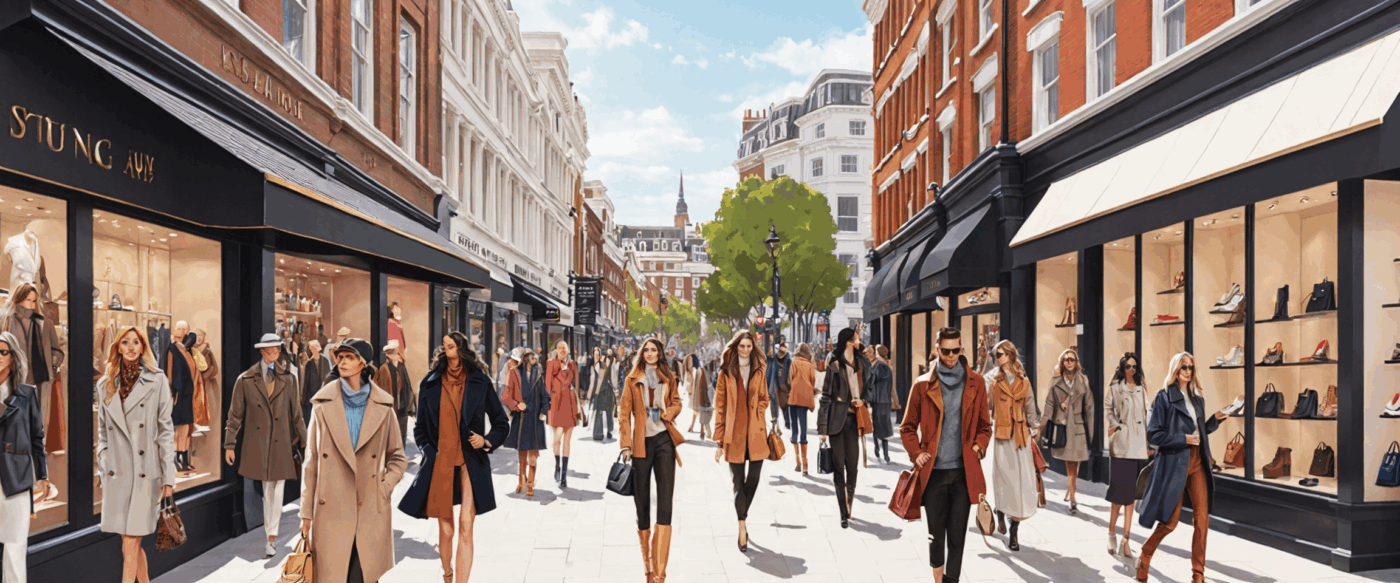In today’s world, trends change faster than ever. One week it’s cargo skirts and ballet flats, the next it’s quiet luxury and linen tailoring. At the center of this whirlwind is fast fashion—a powerhouse of production that has transformed the way we shop, wear, and dispose of clothing. But where did it all begin, and how did it become such a dominant force?
Origins: From Haute Couture to Mass Consumption
Fast fashion didn’t appear overnight. Its roots trace back to the 1960s and 70s, a time when youth-driven subcultures began rejecting traditional fashion cycles. Boutique culture was thriving, and trends started moving faster than ever.
However, the real birth of fast fashion is more widely associated with the 1990s. That’s when major fashion retailers found a way to dramatically shorten production times, cutting the turnaround from design to store down to just a few weeks. This new model allowed them to constantly update their inventory with on-trend, affordable pieces.
But the term “fast fashion” itself didn’t enter popular vocabulary until the early 2000s. It was used to describe brands that could replicate runway styles and bring them to the average shopper almost immediately—and at a fraction of the price.
The Pioneers of Fast Fashion
Several brands have been instrumental in shaping the fast fashion industry. Here are the key players:
- Zara (Spain): Often credited as the originator of fast fashion, Zara revolutionized the supply chain. By the early 90s, it could take a design from concept to store in just 15 days. Zara’s parent company, Inditext, still leads with this “see now, buy now” model.
- H&M (Sweden): Known for making catwalk fashion accessible, H&M capitalized on frequent inventory turnover and global expansion. It brought designer collaborations into the mix, making high fashion “available for all.”
- Forever 21 (USA): Peaking in the 2000s, Forever 21’s rapid production model and ultra-low prices made it a staple for American teens. Its business thrived on mass-produced trends with high turnover.
- Topshop (UK): Though now past its prime, Topshop played a key role in the early 2000s by aligning with celebrity culture and making trendsetting pieces accessible to the high street crowd.
- Shein (China): A more recent and ultra-rapid model, Shein has taken fast fashion to its digital extreme. With algorithms scanning social media and influencer trends, the brand churns out thousands of new items weekly, targeting Gen Z’s desire for variety and novelty.
The Rise of Speed & the Cost of Convenience
Fast fashion’s appeal lies in its affordability and accessibility. It democratized style, allowing consumers to experiment with trends without a hefty price tag. Yet, this convenience comes with a cost.
- Environmental impact: The fashion industry is one of the largest polluters in the world. Fast fashion contributes significantly through overproduction, textile waste, and water pollution.
- Labor concerns: Many fast fashion garments are made in countries with weak labor regulations, where workers face low wages, unsafe conditions, and exploitation.
- Consumer culture: The model encourages disposability. The average piece of fast fashion clothing is worn only a few times before being discarded.
Where It’s Going
In response to growing environmental and ethical concerns, there’s a shift happening. Many brands are incorporating “conscious collections”, recycling programs, and transparent sourcing initiatives. At the same time, there’s a growing movement of consumers choosing slow fashion, thrifting, and capsule wardrobes.
Yet, fast fashion isn’t disappearing—it’s evolving. With platforms like TikTok driving micro-trends at lightning speed, the demand for cheap, trendy clothes remains strong. The future of fashion may lie in balancing rapid production with sustainability and accountability.
Final Stitch: Fast fashion may have started as a revolutionary retail strategy, but it has since become a cultural force. Understanding its history helps us make more informed decisions—not just about what we wear, but about the values we choose to support with our wallets.

